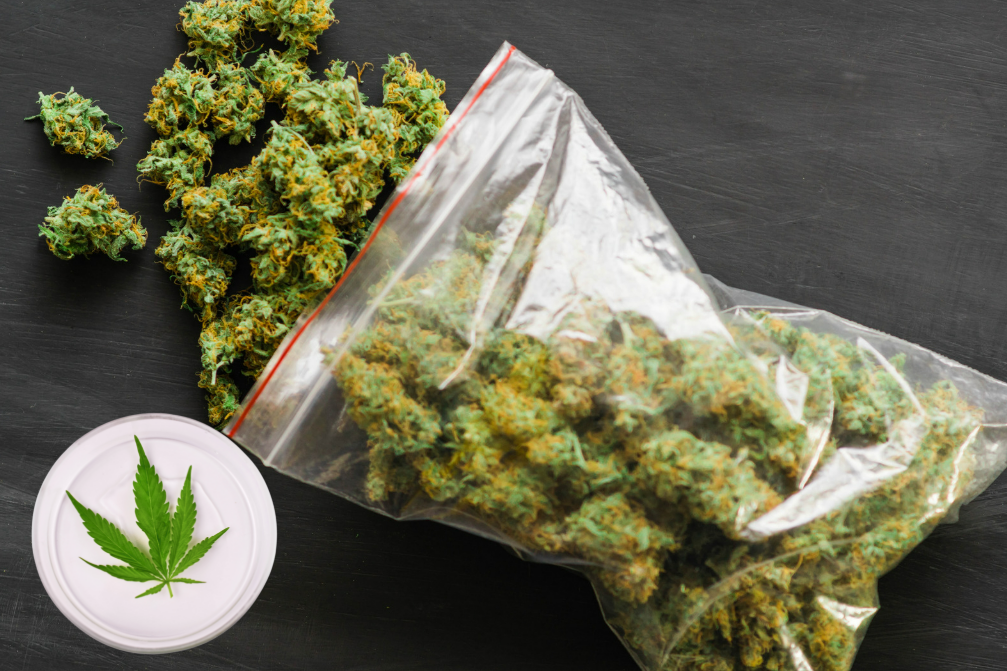How Is POV Porn Legal? Understanding the Intersection of Pornography and Prostitution Laws

The legality of pornography, particularly scenarios like “POV porn,” often raises questions due to its intersection with prostitution laws. While prostitution involves paying someone for sexual acts, pornography involves paying someone to perform in a film, often with explicit content. The distinction may seem thin, but it is legally significant.
In this blog, we’ll explore how POV porn is legal, the differences between pornography and prostitution under the law, and why the structure of the adult entertainment industry allows for such scenarios.
What Is POV Porn?
POV (point-of-view) porn refers to adult content filmed from the perspective of one of the participants, often giving the impression that the viewer is directly involved. This filming style can blur the lines between acting and personal interaction since one of the performers in the scene also operates as part of the production (by holding the camera or being a central focus).
Key Legal Distinctions: Pornography vs. Prostitution
Consent and the Exchange of Payment
Pornography: Payment is made for participation in a film or photo shoot intended for commercial distribution. Actors consent to their roles in the production, and the interaction is part of an explicit agreement to create content.
Prostitution: Payment is made directly for sexual acts, typically in a private setting, and without the intention of distributing the encounter as a product.
In POV porn, the legal justification lies in the fact that the interaction is part of a filmed production, not a private, transactional sexual act.
First Amendment Protections
Pornography is protected under the First Amendment as a form of free expression, provided it does not violate obscenity laws or involve illegal activities like child exploitation or non-consensual acts. Because POV porn is created with the intention of public distribution as a legitimate product, it is generally shielded by these protections.
Prostitution, on the other hand, is criminalized in most jurisdictions because it does not qualify as protected expression.
Commercial vs. Personal Intent
In pornography, including POV porn, the sexual acts are part of a structured production. The focus is on creating a commercial product, not on personal gratification.
Prostitution involves paying for personal sexual gratification, with no intention of creating or distributing a product.
In a legal sense, the presence of cameras and a commercial agreement makes the difference.
How Does POV Porn Avoid Legal Issues?
Consent and Contracts
Adult performers in POV porn sign contracts agreeing to the terms of their participation. These contracts outline:
- Consent to engage in specific acts on camera.
- Agreement that the footage will be used for commercial purposes.
These legal agreements establish that the activity is part of a business arrangement, not a private sexual encounter.
Taxation and Business Structure
Pornography, including POV porn, is part of the regulated adult entertainment industry. Participants and producers pay taxes on income generated, and the business operates within legal frameworks. In contrast, prostitution operates in a legal gray area or outright illegality due to lack of regulation.
Industry Standards and Documentation
To avoid legal complications, adult productions adhere to strict documentation standards:
- Verification of age to ensure all participants are 18 or older.
- Compliance with local laws governing adult entertainment.
These measures differentiate pornography from illegal sexual transactions.
Legal Challenges and Gray Areas
Despite its general legality, POV porn is not without controversy:
State and Local Laws:
Some states have stricter regulations regarding adult content. For example, laws in certain jurisdictions may impose additional requirements or outright bans on specific types of adult productions.
Obscenity Laws:
Pornography, including POV porn, must not violate community obscenity standards under the Miller Test, which evaluates whether the content appeals to prurient interests, depicts sexual conduct in an offensive way, or lacks artistic, literary, or scientific value.
Prostitution Allegations:
If a production does not follow proper documentation or operates outside of a structured business model, it could face accusations of facilitating prostitution.
Why the Legal System Allows It
The primary reason POV porn is legal lies in its classification as a commercial product. While the acts depicted may resemble private transactions, the legal framework recognizes the intent to create and distribute content as a defining factor. This intent aligns pornography with free expression and separates it from the criminal elements associated with prostitution.
Conclusion
POV porn operates within the boundaries of the law because it is structured as a legitimate business activity rather than a private sexual transaction. The contracts, intent for distribution, and adherence to adult entertainment regulations ensure that it is treated as a protected form of free expression rather than prostitution.
While the distinction between pornography and prostitution may seem blurry, the legal system draws clear lines to regulate and protect adult entertainment. If you have further questions about the legality of specific scenarios, consulting with a legal professional specializing in entertainment or criminal law can provide clarity.

Related Items:





